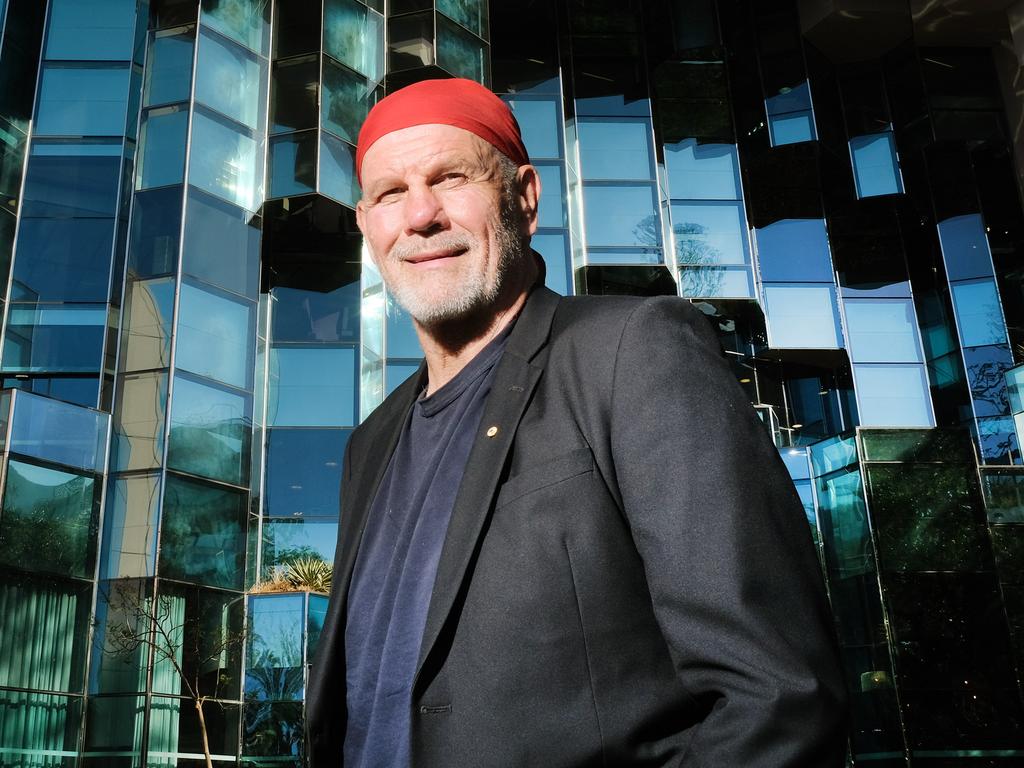
If implemented, it would politicise the election of an Australian head of state and risk undermining the authority of the prime minister by having a popularly elected president.
Under the new model, the constitutional power of the states and territories would be greatly enhanced. Each would be allowed to nominate its own candidate for an Australian head of state, while the federal parliament could nominate up to three candidates.
A direct election would also be required. The public would be forced into choosing the head of state from an unwieldy shortlist of nine to 11 candidates determined by the selections made by state, territory and commonwealth parliaments.
This is not the elegant model Australia needs as it contemplates the shift towards becoming a republic – a transition it should make and which is being brought into greater focus as the Queen enters her final twilight years.
The Australian Republic Movement has instead proposed a model that would present profound new challenges for Australian democracy.
Firstly, the large shortlist at the popular vote would increase the risk of a political-style contest emerging between candidates, each of whom would be free to run their own populist campaigns.

The states would be likely to back their own candidates and there is no bar on former politicians being nominated, meaning a candidate like Julia Gillard could be endorsed by Victoria and pitched against other well-known former politicians endorsed by other states.
Secondly, a preferential voting system would apply under the new model proposed by the ARM. This could see a new head of state or Australian president elected on only a small primary vote of perhaps as little as 20 per cent. It would also encourage politicking. What is to stop deals being struck between presidential nominees just as they are between political parties, with candidates telling supporters who to preference on the ballot paper?
The successful presidential candidate would be the person who maximised the preference flow.
Thirdly, the proposal fundamentally changes the constitutional system where the governor-general is appointed on the recommendation of the prime minister. The states have no voice in this process. But the new model would imbue them with constitutional authority.
What is the reason for this? One explanation is that for any model to succeed, it would need to win the support of a majority of states as well as a majority of the national vote.
The question is whether the ARM is attempting to secure success at the expense of the most constitutionally sound model.
Finally, the objections to a directly elected head of state would still remain. The ARM model still insists on a popular vote to ensure an Australian head of state remains “in the hands of voters”.
This means the president is elected by the people and the prime minister is not.
Tony Abbott, one of the most prominent opponents to an Australian republic, immediately seized on the problem.
“A president accountable to the people would be a rival to the prime minister accountable to the parliament, and government would become unworkable,” he said.
This problem would be especially acute in the event of a demagogic populist making the presidential shortlist.
The unsuccessful 1999 referendum was sunk by the division within the republic movement over whether the head of state should be elected through a special majority of federal parliament or directly by the people.
The new ARM proposal is trying to satisfy both camps – this is a hybrid model. But this is also its weakness. It is too complicated, impracticable and presents unacceptable risks to Australia’s democratic system.
Its chances of winning the support of both sides of politics are slim.






The latest model for an Australian republic is a radical, dangerous and impractical experiment with democracy.